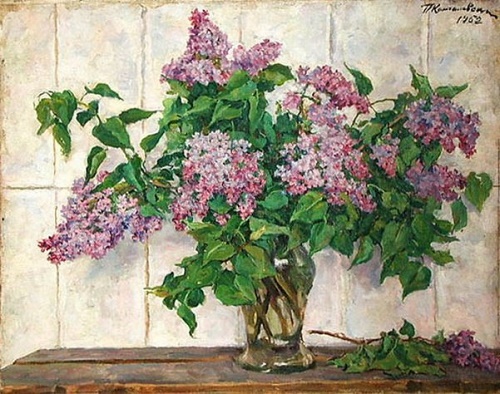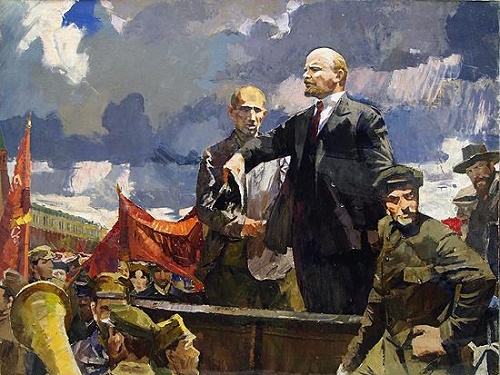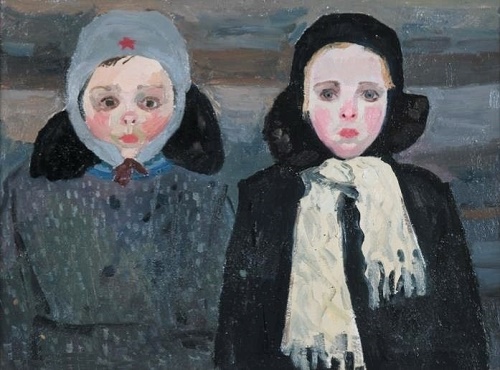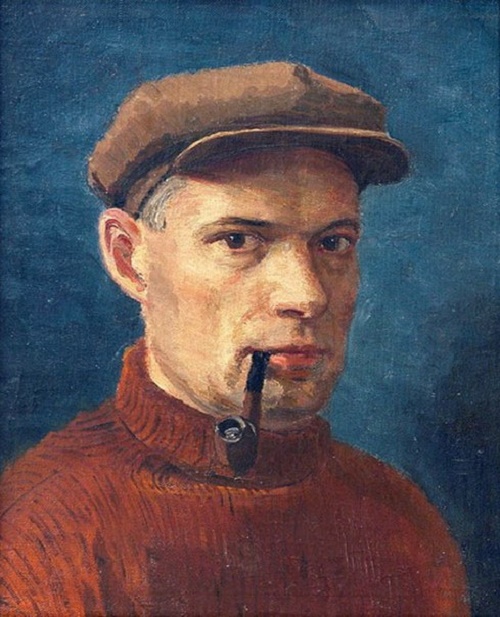Soviet portrait painter Valery Habarov
Soviet portrait painter Valery Habarov
Bright representative of Soviet art, member of the USSR Union of Artists since 1982, Valery Habarov is a silver medalist of the USSR Academy of Arts (1977 and 1982), and winner of the Prize of Lenin Komsomol (1977).
Valery was born on August 4, 1944 in Michurinsk. While his mother Zinaida Dmitrievna comprehended the profession of medical assistant-obstetrician, the Great Patriotic War began. So, she went to front and worked in a field hospital. Fortunately, she stayed alive, but at war she lost her husband, father of Valery, when he was still a baby. Meanwhile, for some time grandparents looked after the boy. But after the war ended, his mother and stepfather took the boy with them. Fortunately, the boy grew up in a creative family, where his parents loved him and tried to develop his creative abilities. And very soon they noticed his incredible interest in drawing.
Read more »






